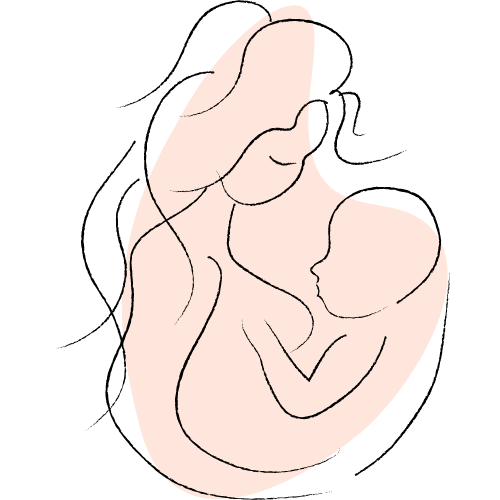Understanding Labor Pain: What to Expect and How to Cope
The thought of labor pain can be daunting for many women. As the due date approaches, anxiety about managing the pain often increases. For those who have experienced a previous delivery, particularly one that was painful, the fear can be even more intense. However, it’s important to remember that labor pain varies greatly from woman to woman in both intensity and duration. How you manage it depends largely on your own endurance, with crucial support from your healthcare team.
Labor Pain: A Varied Experience
If you talk to different women about their labor experiences, you’ll likely hear a wide range of stories. Some might share on social media that their experience was easier than expected, while others may describe it as one of the most challenging experiences of their lives.
For example, one woman, Valerie Rowecamp, shared on Facebook that her labor began with what felt like typical menstrual cramps. As time passed, the cramps became uncomfortable but not necessarily painful, and she didn’t need medication to manage the pain. In contrast, Kebuileng Moshoeu recounted that intense pain started just 30 minutes after her labor was induced, lasting nearly eight hours. Despite the pain, she felt it was all worth it when she finally held her son.
What Makes Labor Painful?
Labor pain is primarily caused by powerful uterine contractions. The uterus, being a strong muscle, squeezes hard to help deliver the baby, and this pressure causes pain. The intensity of the pain can depend on the strength of the contractions, the size and position of the baby, and whether medications like Pitocin are used, which can make contractions stronger.
Pain is not limited to the abdomen—it can also be felt in the back, bowels, bladder, perineum, and across the pelvic area.
Understanding Your Endurance Levels
Your ability to endure labor pain is influenced by your genetic makeup and past experiences. While fear and anxiety can exacerbate the pain, it’s important to recognize that your inherent pain tolerance is something you can’t easily change.
The Importance of Support
Having a midwife or doula present during labor can make a significant difference. Studies have shown that women who have continuous support from a midwife or doula are less likely to need pain medication, have lower rates of Cesarean sections, and report higher satisfaction with their birthing experience. The emotional and moral support provided by these professionals can be invaluable in helping you manage labor pain.
The Stages of Labor Pain
Labor pain progresses through several stages:
- Early Labor: This stage is unpredictable and can last for hours or even days, though subsequent labors tend to be shorter. During this time, the cervix dilates to about three to four centimeters and begins to thin out. Contractions, lasting 30 to 60 seconds, may occur at intervals of 20 minutes and gradually become stronger and more frequent.
- Active Labor: Lasting between four to eight hours or more, the cervix dilates to about seven centimeters. Contractions become stronger and longer, with shorter intervals between them. Most women opt for pain relief at this stage, though some may receive medication earlier.
- Transition: This is the most intense stage of labor, lasting about an hour. The cervix dilates fully to 10 centimeters. Pain peaks with contractions that are closely spaced, and it may radiate to the groin, sides, thighs, and back. Nausea is also common during this stage.
- Pushing: This stage can last from a few minutes to several hours. The urge to push often overtakes the pain, and many women find that pushing helps relieve the pressure. Some women describe the sensation as “popping a bowling ball or watermelon.” As the baby’s head becomes visible, known as crowning, a burning or stinging sensation may be felt.
- Placenta Delivery: The final stage, lasting about 30 minutes, is often the easiest. Mild, cramp-like contractions help deliver the placenta. By this time, your attention is usually focused on your newborn.
Tips for Easing Labor
Beyond opting for an epidural, there are several relaxation techniques you can try to manage labor pain. Rhythmic breathing, Lamaze techniques, self-hypnosis, meditation, visualization, or methods like HypnoBirthing and the Bradley Method can help calm your mind and relax your muscles. Changing positions, such as kneeling, curling, or squatting, may also provide relief.
Considering an Epidural
While an epidural offers significant pain relief, some women feel dissatisfied with not delivering naturally, experiencing what is sometimes called “epidural guilt.” Others may avoid epidurals due to concerns about potential side effects. However, many medical professionals agree that epidurals are generally safe, and concerns about side effects are often exaggerated. Some studies even suggest a link between unrelieved childbirth pain and postpartum depression or post-traumatic stress disorder.
In conclusion, while labor pain is a natural part of childbirth, understanding what to expect and how to cope can help you approach the experience with greater confidence. Whether you choose to manage pain naturally or with medical assistance, the most important thing is to find a method that works best for you.
